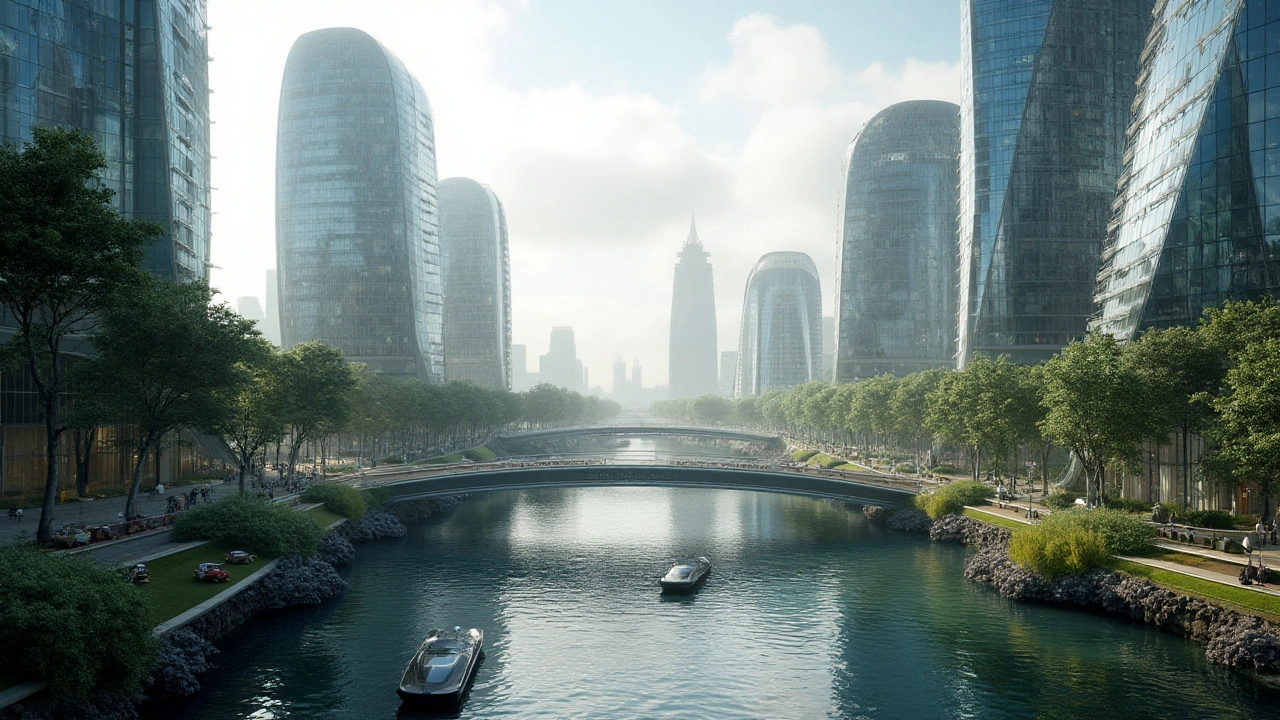High-tech architecture is revolutionizing the way we think about buildings. These modern marvels blend aesthetics with advanced technology to create innovative, sustainable structures that stand out in urban landscapes. This article delves into the rise and elements of high-tech architecture, highlighting its impact on society and the environment.
Sustainable Structures: Practical Steps to Greener Buildings
Buildings use around 40% of global energy. Want to cut that in your next project or renovation? Sustainable structures focus on simple, measurable moves: use less energy, choose low-carbon materials, and design for comfort without wasting resources. This page gives clear, hands-on advice you can apply whether you’re an owner, architect, or builder.
Start with the basics: orientation, insulation, and airtightness. Point living spaces toward natural light and shade rooms that overheat. Add good insulation to walls, roofs, and floors to cut heating and cooling needs. Seal leaks around doors and windows—small gaps add up fast. Those three steps often cut energy use more than fancy systems do.
Materials and construction choices that matter
Pick materials with low embodied carbon. Engineered timber, recycled steel, and low-carbon concrete reduce emissions from day one. Reuse or salvage where you can—doors, bricks, and beams save resources and character. Think modular construction for faster builds and less waste. Ask suppliers for environmental product declarations (EPDs) to compare real data, not just marketing claims.
Don’t ignore the life cycle. A cheap material that needs replacing in five years can cost more carbon than a durable, slightly pricier option. Use durable finishes, easy-to-repair components, and design for disassembly so parts can be reused later. Certifications like Passive House or LEED help, but focus first on practical choices that cut real impact.
Systems and smart operation
Once the shell is tight, add efficient systems. Choose heat pumps over traditional gas boilers where possible; they’re far more efficient and pair well with solar panels. Install mechanical ventilation with heat recovery to keep air fresh while keeping heat inside. Use smart controls to avoid running systems when nobody’s home. Simple sensors and timers pay back quickly in energy savings.
Water matters too. Fix leaks, install low-flow fixtures, and consider rainwater capture for gardens or toilets. For electricity, rooftop solar is often the fastest way to cut bills and emissions. Battery storage helps but start with good energy habits: run heavy appliances during sunny hours and avoid phantom loads from standby devices.
Want a quick starter checklist? 1) Orient and shade properly. 2) Upgrade insulation and seal gaps. 3) Choose low-carbon, durable materials. 4) Fit efficient heating, cooling, and ventilation. 5) Add solar and water-saving systems. 6) Monitor use and adjust behavior. Follow those steps and you’ll cut energy, lower costs, and make a building that lasts.
If you’re unsure where to begin, run an energy model or hire a sustainability consultant for one day. Small changes early in the design save far more than expensive fixes later. Sustainable structures don’t need to be complicated—focused choices make a big difference, now and for the future.

